In Search of Meaning
Searching for meaning, like the question of all questions — sometimes through a fantastic journey, sometimes through sacrifice, and always in solitude.
Find yourself in one of the following pictures!
“Goddess of Solitude”
Left panel — Way to Tranquility
Central panel — I Hover, Therefore I Am
Right panel — The Light of Harmony
By combining abstract and surreal visual elements that include deep thematic layers of introspection and spirituality, “Goddess of Solitude” tries to bring the potential viewer closer to the importance of the idea of spiritual transcendence, which goes beyond our physical existence. Through the search for inner peace, accompanied by a spiritual journey, enlightenment awaits us at the end of the road through realized unity with the universe.
“Sunset Over the Bay”
Left panel — What the Moon Whispered to the Sun
Central panel — Master of Balance
Right panel — The Observer Effect
The triptych “Sunset Over the Bay” is conceived as a spiritual philosophical journey that, combining abstract forms with futuristic landscapes, tries to awaken in the viewer a sense of cosmic harmony and merging with the world around him.
The panel “What the Moon Whispered to the Sun” is a little thought puzzle, which wants to encourage the viewer to wonder what level of communication and what secret kind of exchange can exist between these celestial bodies.
The central panel, “Master of Balance”, suggests the existence of one or more forces that keep everything in balance, which goes well with the visual symmetry and fluid forms, depicting stability in the midst of chaos.
The observer effect in quantum physics is a scientific principle according to which a change in an observed system can be caused by the very act of observation. In this sense, “The Observer Effect” tries to connect the observer with the cosmic order, pointing out that even observation itself is not passive, but actively shapes reality. This idea that the observer cannot remain separate from what he observes, even in a cosmic context, brings a sense of unity and interconnectedness of all cosmic elements. Even when we act as “observers”, we inevitably become actors and participate in the dynamics of the universe.
Taken as a whole, this work attempts to, by combining elements of science fiction, spirituality and landscape art, depict the interplay of cosmic forces, perception and balance, drawing the viewer into thinking about our essence.
“In Search of Wisdom”
Left panel — Source of Wisdom
Central panel — Eye of Odin
Right panel — The Embrace of Solitude
“In Search of Wisdom” as the title of the triptych clearly focuses on the search for wisdom, which is an eternal theme throughout the history of art, philosophy and spirituality. It is also an attempt to create a harmonious work of art by combining mythological, spiritual and introspective content.
“Source of Wisdom” is the beginning of the journey, and the circle of light in the center of the forest symbolizes the source of wisdom, something deeply rooted in nature and light.
The central part, called “Eye of Odin”, brings a mythological dimension to the triptych. Odin, the god of wisdom in Norse mythology, is famous for his sacrifice of an eye in exchange for wisdom.
Finally, “The Embrace of Solitude” represents the end of the spiritual journey, showing the solitary figure of Odin, who, after gaining wisdom, meditates in a solitude that is filled with mystical silence.
Solitude here is not negative, but necessary for a deeper understanding and acceptance of acquired wisdom.
“Stalker”
Left panel — Zone
Central panel — Stalker’s Travel
Right panel — Homecoming
Triptych “Stalker” is inspired by the famous work of Andrei Tarkovsky – in my opinion one of the five best films of all time.
“Stalker” is a trap film, especially for all those who try to explain it in a rational way. After so many years since its creation (1979), we are still not able to classify it in the appropriate film category. Is it science fiction? Or an engaging critique of the fossil remains of Soviet socialist realism? Perhaps a spiritual-metaphysical drama? Action?
Probably never in the history of cinematography has such a multi-layered and symbolically rich film been seen, which, depending on the imagination of the viewers, can be anything. That’s why this triptych tries to do what, in my opinion, only makes sense when it comes to Tarkovsky – to evoke the atmosphere that reigns in the film and to let the viewer transcend himself by listening exclusively to his “inner voice”.
The left panel shows a dilapidated, abandoned building surrounded by wet, swampy vegetation, symbolizing the mysterious, abandoned and polluted “Zone”, at the center of which is the “Room”, where every wish we can imagine is fulfilled.
The central panel of “Stalker’s Travel” depicts a lone Stalker, and his journey through a danger that is omnipresent, yet unknown and faceless. The moss-covered landscape symbolizes neglect, but also the vitality of nature that has taken its toll.
Finally, the right panel of “Homecoming” presents a vast landscape, which is almost endless and horizonless in one part. The light slowly breaks through the clouds illuminating the gloomy buildings and symbolizing the return to safety and the awakening of some new hope.
“Hunter of Light”
“Hunter of Light” is a work that tries to convey the feeling of traveling through different stages of spiritual awakening and creating an unbreakable connection with the universe.
The left panel depicts a hunter of light, who is in search of something unattainable, with a golden sphere symbolizing the goal of the search.
The center panel is the moment when the hunter finds the light, ascending and achieving a moment of enlightenment.
The right panel is the post-hunting phase, where the hunter manages to integrate the found light into his world. He is filled with contentment and peace, hinting at an age of harmony and renewal.
The symbolism of each panel contributes to the overall narrative and can be viewed through the prism of the basic post-humanistic philosophical assumption, which is that we are not alone and that we cannot go on without achieving a harmonious organic connection with nature.

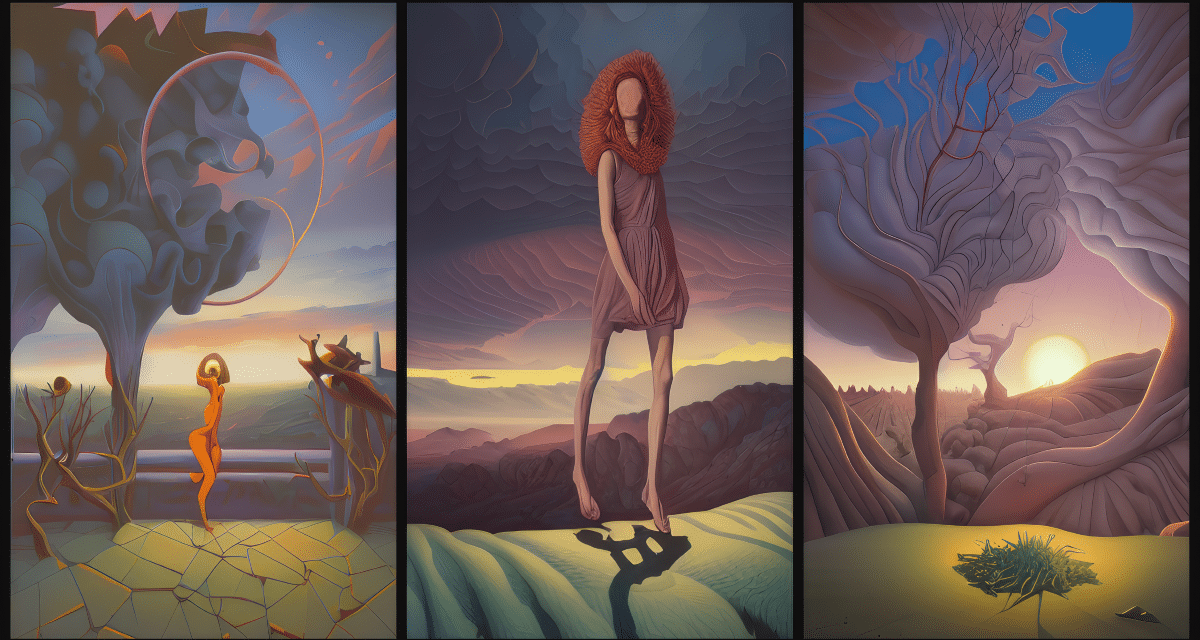

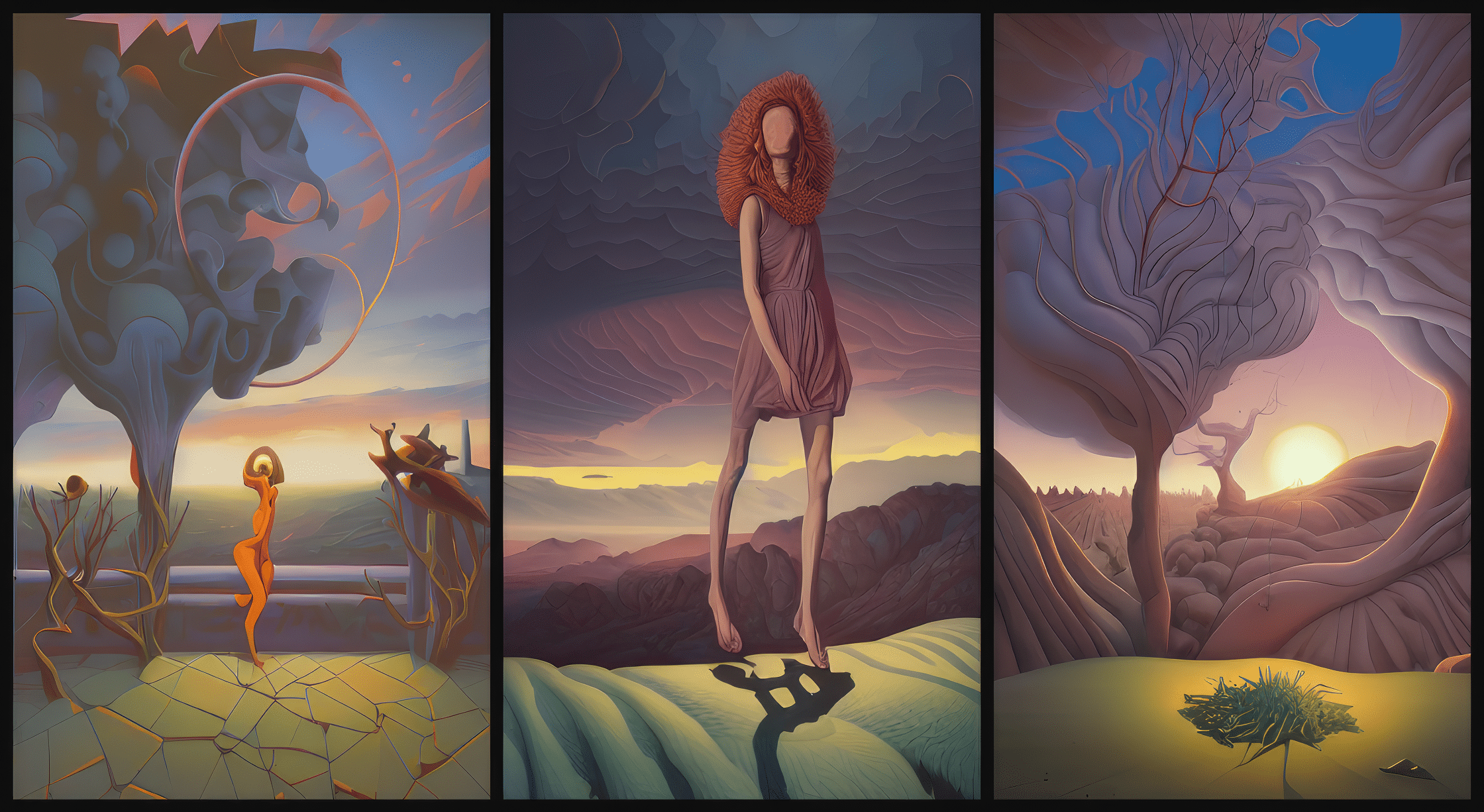
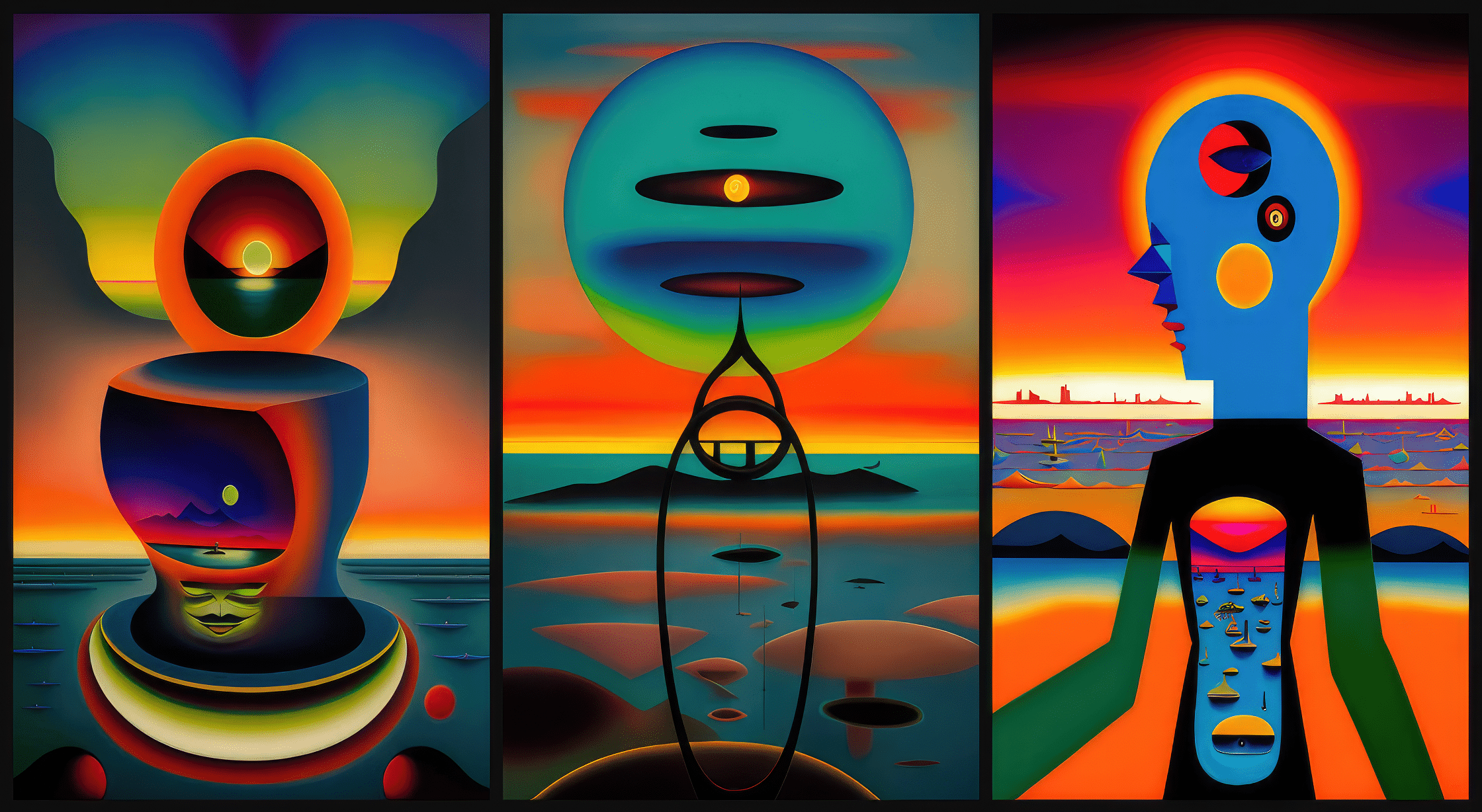

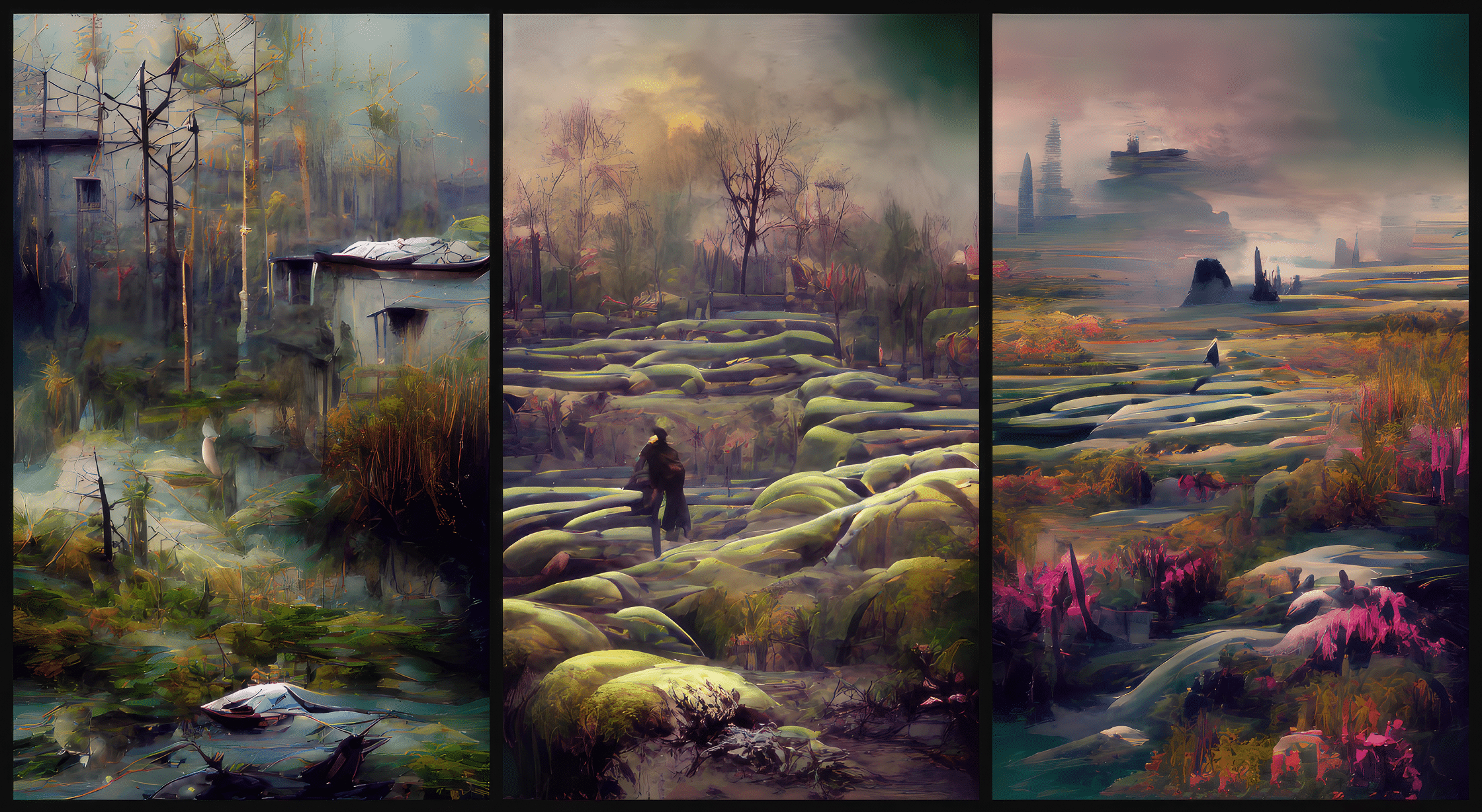

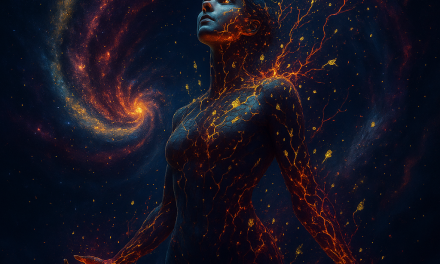
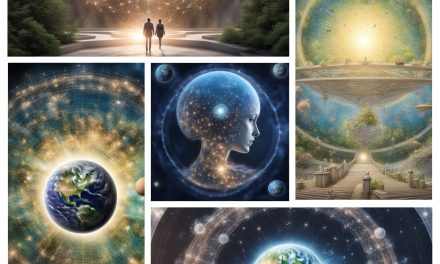

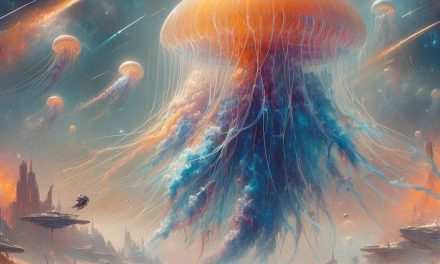
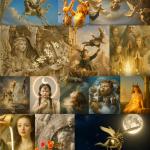


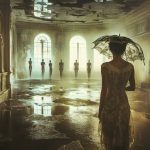
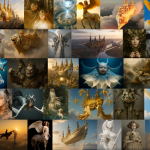








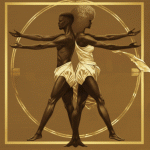

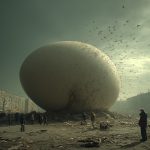

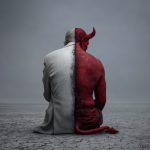



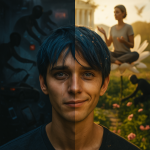
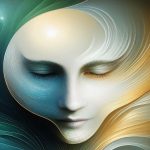

Comments